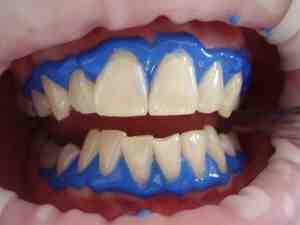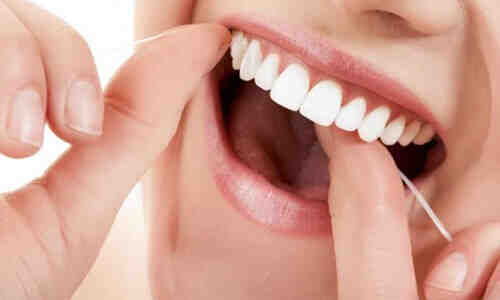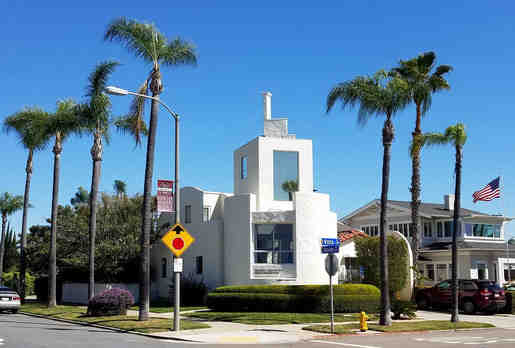What is included in restorative dental care?

“Restorative dentistry” is a dentist term used to describe how to replace a lost or damaged tooth. Fillings, crowns (“caps”), bridges and implants are common restorative options. Its purpose is to restore your natural smile and prevent future oral health problems.
What is considered major restorative dental work?
Treatment of a “big” tooth is something that can usually be treated early in a more affordable way, or something that takes multiple phases of therapy to fix. Some examples of major restorative work include dental bridges, crowns, inlays and onlays, and dentures.
Are braces considered major restorative?
The following treatments are often considered the primary dental service: Dental crown (may also be basic in some cases) Inlay or onlay. … orthodontic treatment.
What is minor restorative dental?
Basic, or “minor” restorative care is a middle ground category. They come after preventive services such as cleaning or exams, but before more complex and bulky treatments such as full mouth reconstruction with crowns and implants.
What does a restorative dentist do?

Restorative dentistry is a procedure that your dentist performs wisely to keep your mouth healthy and fully functional. This includes a number of procedures, for example, if you got a dental filling, dental implant, denture, or crown.
Can dentists rebuild teeth?
Dental restorations are used to replace or rebuild teeth that are lost or damaged. Popular restorations used in dentistry include crowns, fillings, composite resins, implants, dentures, and bridges. Many things can damage teeth and their structure, such as tooth decay, trauma to the face, and gum disease.
What dental procedures are considered cosmetic?
Types of Cosmetic Dentistry
- Teeth whitener. Teeth whitening can be one of the easiest and cheapest ways to improve your smile. …
- Teeth Veneers. …
- Tooth Bonds. …
- Dental Crowns. …
- Inlay and Onlay. …
- Dentures. …
- Other options.
What is considered a dental restoration?
If your teeth are missing, rotting, weakened or cracked, you may need dental work. Examples of dental restorations include fillings, crowns, implants, bridges and dentures. See your dentist if you have problems with your teeth.
How much does restorative dentistry cost?

Costs range from $ 3,000 to $ 4,500 for a single tooth, part-mouth restorations are around $ 15,000 to $ 30.00, and can go up to full-mouth restorations for $ 60,000 or more.
How can I fix my teeth with no money?
Check out these three great options for finding financial help for dental care.
- Dental financing. If you need to pay for dental work, there are several options available. …
- Dental grant. …
- Online fundraising. …
- Dental school. …
- General dental clinic. …
- Smiles Change Lives. …
- Dental Lifeline Network. …
- United Way.
Can badly decayed teeth be repaired?
Crowns are most often used to repair or restore badly damaged tooth enamel. It can also extend to teeth that have lost large fillings or have cracked or broken. Crowns can also be used as a preventive measure.
How much do dental implants cost in San Diego?

The cost of dental implants in San Diego CA ranges from $ 1000 to $ 1700. There is an additional $ 1000 to $ 1500 surcharge for abutments and crowns for an average total cost of $ 2000 to $ 3200.
What is the downside of dental implants?
The most common disadvantage of getting dental implants is that the procedure is expensive and may not always be covered by the insurance provider. Additional potential disadvantages of dental implants include: Pain, swelling, and bleeding from surgery. Anesthetic complications such as nausea, vomiting and drowsiness.
How painful is getting a dental implant?
This is basically the answer to your question, “do dental implants hurt?” The local anesthetic numbs the nerves around the implant area. With the nerves numb, you will not feel pain during the dental implant procedure. You may feel pressure at times, but it shouldn’t cause any discomfort.
How can I get free dental implants?
The Cosmetic Dentistry Grant Program (CDG) provides partial grants to people who need cosmetic services such as dental implants. Although the CDG does not pay the full cost of getting dental implants, a partial grant can make the implants much more affordable.